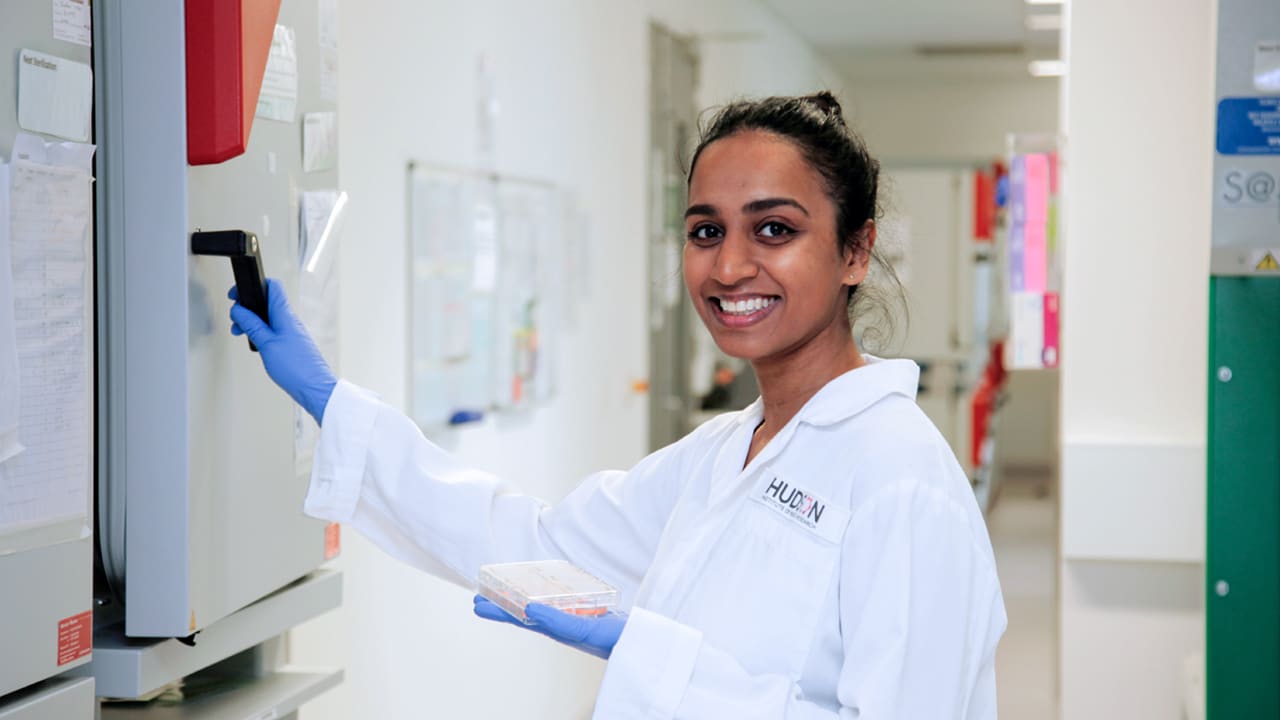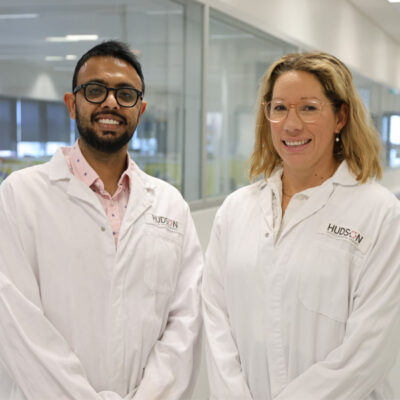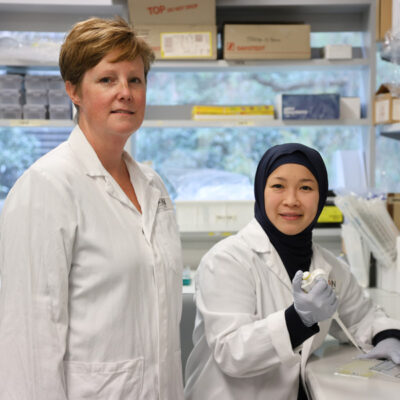Placental cell therapy could deliver new treatment options for liver disease
By Rob Clancy, staff writer. Reviewed by Mihiri Goonetilleke

A cell therapy could reduce inflammatory response in liver disease, offering hope to thousands of Australians suffering from the disease.
Inflammation underpins hundreds of health conditions, contributing to more than 50 per cent of deaths worldwide, and Hudson Institute has Australia’s largest team of inflammation researchers, whose sole focus is developing treatments to prevent or alleviate inflammation-driven diseases.
Working alongside Associate Professor Rebecca Lim, Hudson Institute researcher Mihiri Goonetilleke has established that stem-like cells from the placenta have the potential to reduce the liver’s inflammatory response to non-alcoholic steatohepatitis (NASH), which is the most common liver disease globally.
While its prevalence is difficult to determine, recent estimates claim that 12 per cent of the US population has NASH and it will be the leading cause of liver transplants in that country by 2025.
Ms Goonetilleke said that by modulating the inflammatory response there is the potential to limit damaging effects such as scarring of the liver, oxidative stress and cell death.
First potential liver disease treatment
“Currently there are no treatment options for NASH to prevent progression of liver disease, other than patient education and lifestyle changes,” Ms Goonetilleke said.
“That means alternative options need to be explored, so we hope the findings from this study will lead to the development of effective therapies for liver disease.
“Our research provides the first evidence that placental cells can control the liver’s own stem cell response in experimental NASH while reducing levels of oxidative stress response in the liver.
Next steps – homing in on liver disease
“Our next research target is to understand the patients with liver disease who benefit from these treatments. We will look at the types of liver injuries are most likely to benefit from placental cell therapy,” she said.
Collaborators | Monash University, Melbourne, Victoria, Australia; Monash Health, Melbourne, Victoria, Australia; Harry Perkins Institute of Medical Research, QEII Medical Centre, Nedlands, Western Australia, Australia; The University of Western Australia, Crawley, Western Australia, Australia.
This research was supported by | This work was supported by an MRFF Stem Cell Mission grant and the NHMRC.
Journal | Addressing the liver progenitor cell response and hepatic oxidative stress in experimental non-alcoholic fatty liver disease/non-alcoholic steatohepatitis using amniotic epithelial cells
View publication | https://stemcellres.biomedcentral.com/
About Hudson Institute
Hudson Institute’ s research programs deliver in three areas of medical need – inflammation, cancer, women’s and newborn health. More
Hudson News
Get the inside view on discoveries and patient stories
“Thank you Hudson Institute researchers. Your work brings such hope to all women with ovarian cancer knowing that potentially women in the future won't have to go through what we have!”




